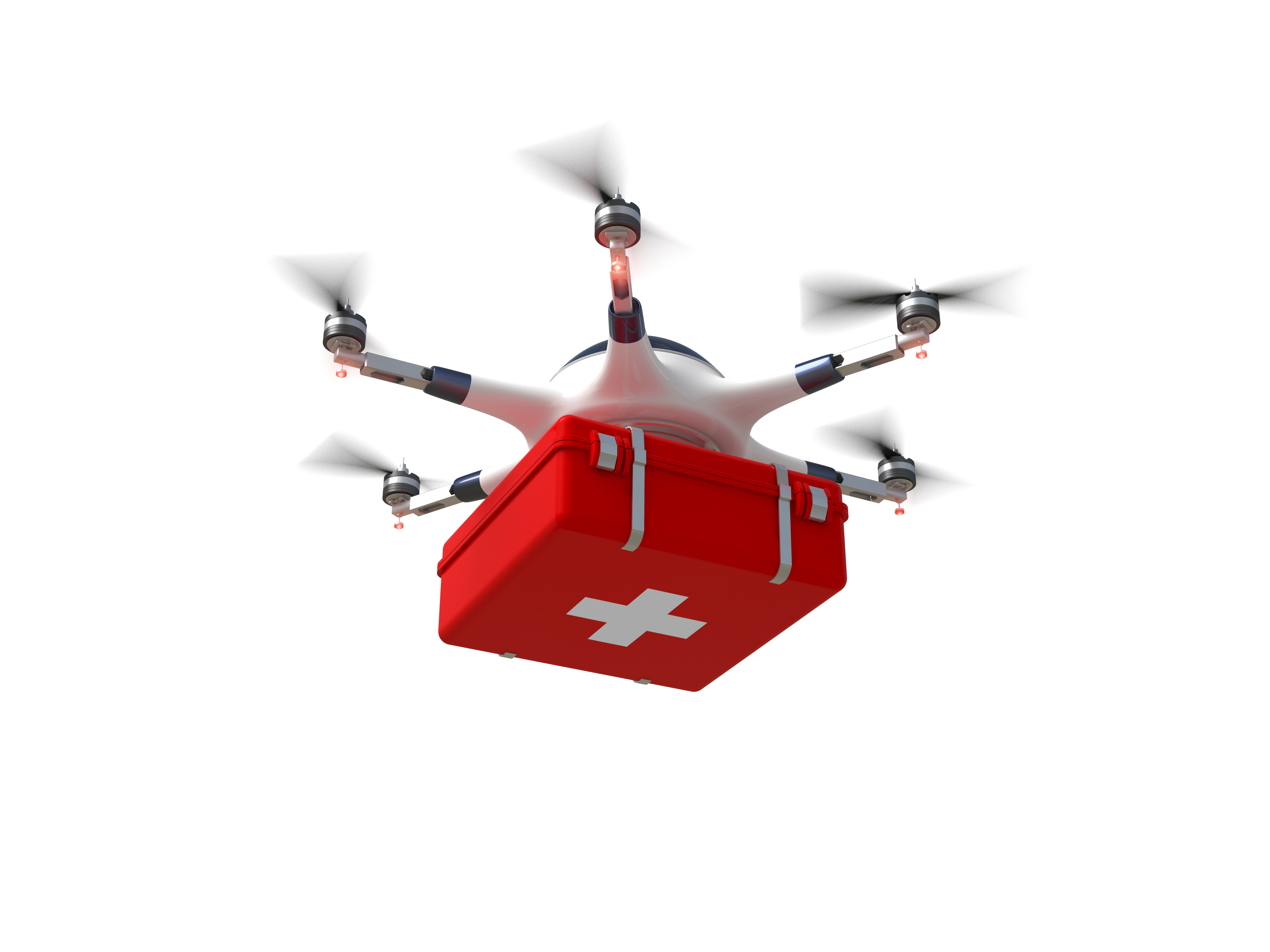Validation flights of life-saving drones launched in Norway
AiRMOUR is an EU-funded project focusing on solutions to make UAM in the area of emergency medical services safe, green, and also more accessible and affordable. Its objective is to tackle the challenges related to meeting these medical service needs and to guide city planners and transport policymakers in the opportunities that drones present in this domain. Since its launch in January 2021, AiRMOUR researchers have investigated potential use cases in the medical system and studied the aerial risks involved. Now, almost two thirds into the project, the team has begun real-life demonstrations to validate the research. The drone flights are taking place from autumn 2022 to spring 2023, starting with Stavanger (Norway) in September and continuing in Helsinki (Finland) and Kassel (Germany).
Gaining insight from drone flight demonstrations
“The expectation is to gain a great deal of new cutting-edge knowledge in terms of social aspects (e.g. public acceptance, commercial viability) and also technological aspects, such as airborne risks, ground risks, patient risks, airspace limitations and landing infrastructure – and much more, as determined within the framework of our work on AiRMOUR success criteria, which precedes all validations,” states Dr Petri Mononen of AiRMOUR project coordinator VTT Technical Research Centre of Finland in a news item posted on ‘Emergency Live’. Two different drone types – Ehang 216 and Falcon L400 – are being used in the validation flights that involve the transport of medical cargo and emergency medical staff. The first demonstrations in Stavanger concern flying a defibrillator over a lake to a person suffering a heart attack. In November, deliveries of other emergency medical supplies such as epinephrine auto-injectors, adrenaline or specialised medical equipment will be tested in Helsinki. Finally, in spring 2023, the demonstrations in Kassel will focus on transport between medical facilities. Simulations will also take place in Luxembourg and Dubai. By performing increasingly demanding flights, the project team will be able to enhance their understanding of UAM possibilities within the European regulatory framework. “Our first validations primarily serve to collect a lot of data for further analysis, but more importantly they serve as benchmarks for subsequent ones, to make sure we are on the right track in terms of operational capabilities in compliance with regulations,” notes Dr Mononen. Once all the data from the validation flights has been collected, the AiRMOUR (Enabling sustainable AiR MObility in URban contexts via emergency and medical services) team will conduct a final analysis to produce a variety of tools to assist all stakeholders. These include a UAM guidebook for cities, operators and other actors, a UAM training programme and a UAM geographic information system tool for urban planners. “The contributions will include significant insights, advice and suggestions for the rest of Europe to support the safe and effective emergence of urban air mobility,” concludes Dr Mononen. For more information, please see: AiRMOUR project website
Keywords
AiRMOUR, medical, emergency medical service, urban air mobility, UAM, drone, flight, transport



